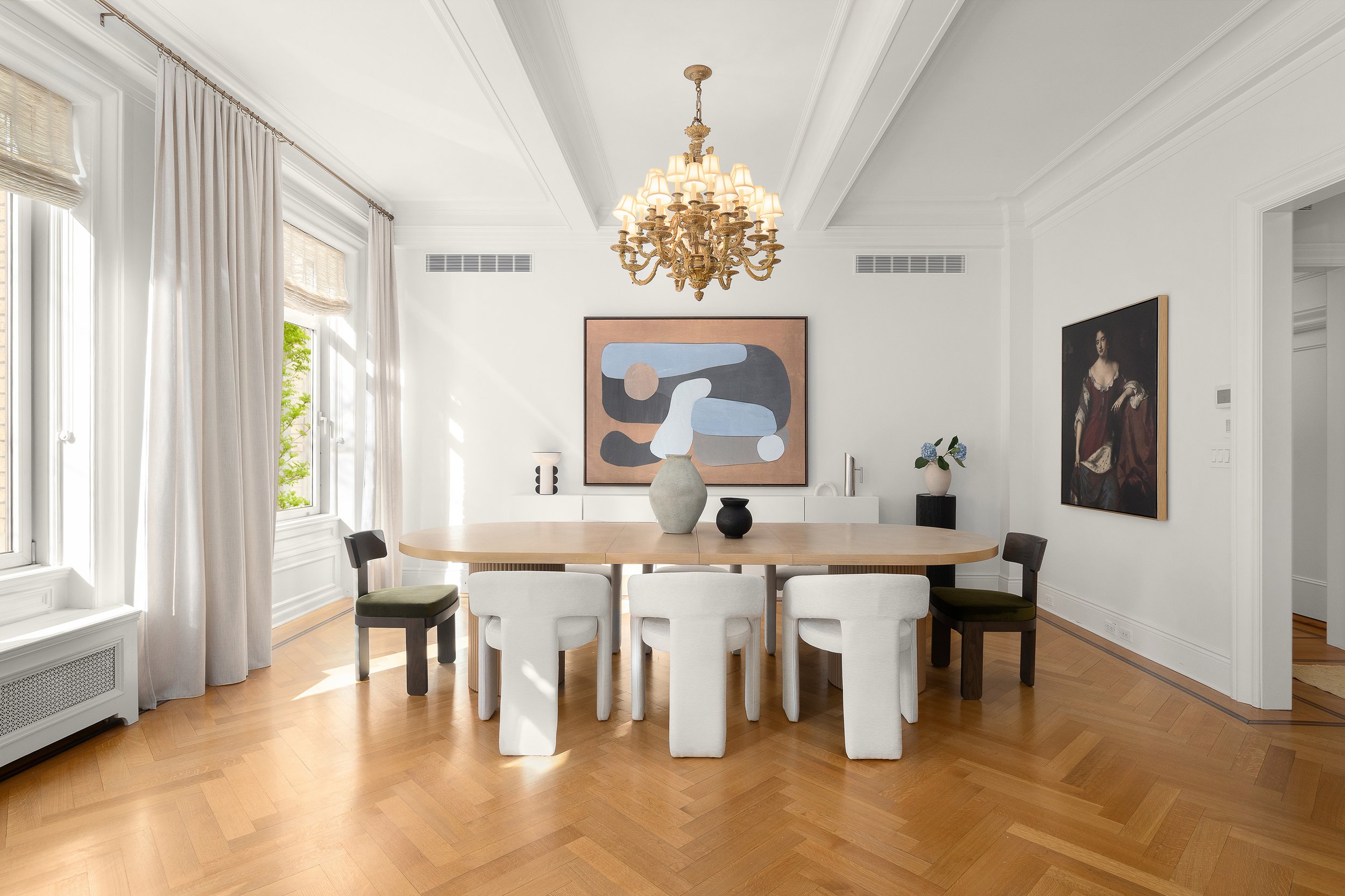Your home is more than just a shelter; it's your own personal sanctuary. To keep it looking its best and serving you well, routine maintenance is a must. One often overlooked aspect of home upkeep is the roof, but its exposure to extreme weather conditions makes roof care critical.
And, when it comes to robust roof upkeep, an excellent option to consider is professional roof painting.
Benefits of Professional Roof Painting
Don't underestimate the power of a fresh coat of paint on your roof. Your roof does far more than protect you from the elements; it also plays a crucial role in your home's overall aesthetic appeal. A sparkling, well-maintained rooftop can significantly boost your property's curb appeal, increasing its market value.
But professional roof painting isn't all about beauty. It's also about fortifying your home with another layer of protection against harsh weather conditions. With a high-quality paint job, you're adding an additional barrier against the wear-and-tear that Mother Nature may bring. It assists in weatherproofing and protecting the substrate underneath from UV radiation and other environmental factors. Roof painting also helps extend the lifespan of your rooftop by preventing premature aging caused by rust and decay.
In addition, professional painting can improve your home's overall energy efficiency. When roofs are painted with heat-reflective paints, they reflect more sunlight and absorb less heat keeping your home cooler during hot summer months. This reduces cooling costs while providing a comfortable living environment.
Not only that, but professional painting can nip minor damages in the bud by spotting even tiny problem areas that you as a homeowner may miss. This preventive maintenance potentially saves you from costly repairs down the road.
Selecting a Roof Painting Service
Once you've decided to invest in a professional roof painting service, the next question is who to hire? The quality of service can greatly impact the benefits you receive from your newly painted roof. Hence, it's crucial to select a reputable, certified roofing company.
Start by researching local roof painting services. Read reviews, ask for referrals from friends and neighbors, and look at portfolios of completed projects. You want a company whose style aligns with what you envisage for your home. Stay away from "too-good-to-be-true" budget deals and opt for services that align quality and cost-effectiveness.
In aiming for top-tier workmanship, consider companies affiliated with recognized industry bodies, such as the National Roofing Contractors Association (NRCA). Affiliations with such respected organizations often denote adherence to high standards of workmanship and professionalism.
Ensure your chosen provider is licensed and insured. This guarantees protection against damages and potential liabilities during the painting project. Lastly, good customer relations should not be overlooked. Choose a company that values client communication and commitment to satisfaction.
Prepping Your Roof for Painting
Before the actual painting begins, there are several crucial preparatory stages. These stages largely dictate the success and duration of the professional roof painting job.
Firstly, the existing roof condition must be assessed properly. Any problematic areas like leaks or loose tiles must be addressed prior to painting. Neglecting this might shorten the paint's lifespan or even exacerbate existing problems. As leaks become bigger, a property can be water damaged, and mold and other issues occur.
Roof cleaning is also an essential part of prepping the roof for painting. Removing debris, dirt, moss or any fungi ensures the paint adheres properly to the surface.
Treating rusty areas is another critical preparation step in metal roofs. An anti-rust treatment can help prolong the lifespan of the paint, ensuring that every dollar you spend is a good investment. After treating any rust, a primer is often applied before the actual roof paint to ensure maximum adhesion and longevity.
Different Roof Painting Techniques
No two roofs are the same, so each one requires a unique approach when it comes to painting. There are different techniques that professional painters employ based on the condition and type of the roof.
One common method used is airless spraying. This technique uses pressurized paint that results in an even, smooth finish when applied to large surface areas such as roofs. It's fast and efficient but requires ample masking off surrounding areas to avoid overspray.
Another commonly utilized technique is traditional rolling and brushing. This may be more time consuming but can provide better control and precision, particularly in smaller or intricate surfaces. It's also typically beneficial when applying thicker paint or primers that need direct physical action for proper application.
Materials Used in Roof Painting
A critical element in any roof painting project lies in the materials used. Proper selection of paint ensures your freshly painted roof not only looks great but also stands up well to tough weather conditions and time.
A variety of paints are available for different roofing materials. For metal roofs, acrylic paints are often used as they provide good adherence and are versatile across a range of environmental conditions. Oil-based paints can be an excellent option as they resist damage from the sun and water, while offering a rich color pay-off.
For tile roofs, specialized tile paints are used which are designed to penetrate into the porous surface of tiles for better adherence and longer lasting color. In addition to basic color paints, there are also reflective coatings which can effectively deflect solar heat and contribute to energy efficiency.
The choice of materials is pivotal in achieving the charm, protection and energy conservation advantages offered by professional roof painting. The investment in quality materials often means the difference between just a fresh coat of paint and a substantial improvement of your home's value.
Cost Factors in Professional Roof Painting
The cost of professional roof painting depends on several key factors which include:
The Size of Your Roof: The larger the roof, the more paint it will require and the longer it will take to apply, thereby increasing labor costs.
Type of Paint Used: Different paints come with various price tags. High-quality paints might be expensive up front but they last longer and often lead to cost savings over time.
Rooftop Conditions: The condition of your roof may also influence cost. If repair is necessary prior to painting, it will add to the total price.
Also, if the roof requires extensive cleaning or moss removal, this will be a cost factor. Remember, you're not just paying for paint; you're investing in expertise, equipment, and peace of mind knowing your roof painting project is in the hands of professionals.
Environmental Considerations in Roof Painting
In an era of growing environmental awareness, it's critical to consider this aspect when painting your roof. Thankfully, many modern paints are eco-friendly, offering low Volatile Organic Compound (VOC) levels which are more friendly to the atmosphere.
Moreover, by selecting heat-reflective paints for your roof painting project, you're contributing to energy conservation. These paints reduce cooling costs by reflecting sun rays back into the atmosphere rather than absorbing them as heat into your home.
Finally, when hiring a professional roofer, do enquire about their waste disposal methods. Responsible disposal of scrap materials and used containers is important for minimizing environmental impact.
Final Thoughts
Investing in professional roof painting goes beyond just aesthetic appeal. It helps protect your roof from harsh weather conditions while boosting energy efficiency and increasing property value. Choosing the right color, considering cost factors, engaging regular maintenance after painting, reflecting on environmental implications, and timing your painting well will all contribute to successful revitalization of your roof.









